The cream midge larva was probably one of the first truly “Colorado” flies I learned about when I moved here in 2002. Coming from the world of midwest fly fishing, my familiarity with tying and fishing small bugs was limited to the Brassies and Griffith Gnats. Not that midges weren’t a primary food source on the spring creeks of the Driftless region in Iowa, but few anglers that I interacted with ever took a deep dive into representing and fishing them well.
After I moved to Denver for college and began to fish and learn about many of the Front Range tailwaters, a fly that often got mentioned from guide and angler friends alike was the Cream Midge Larva. Essentially a midge with a white abdomen and a black thorax, tied in a variety of ways with dubbings, threads, and even flash. The materials to me ended up not being important as I quickly came to realize the effectiveness of this pattern was in its contrast: black and white.
Around the same time, I picked up the book Tying Small Flies by Ed Engle, which hammered home the importance of profile in small flies. In the end, I settled on tying and fishing a thread midge with a slim profile: white, tan, or light grey thread for the abdomen and black thread for the thorax and head. Tied on a curved pupa hook in 20-26, this fly became a staple pattern for me (and still is).
Once I moved to the southwest corner of this wonderful state and began fishing the Animas and San Juan Rivers, it became apparent that some midge hatches don’t always call for the smallest hook you can find. All winter long, the Animas boasts midge hatches of bugs in the 16-20 size range, while the San Juan River has a great spring hatch of what we call gorilla midges. These gorilla midges come off in droves and are often represented on hook sizes 18-22, forsaking the typically tiny San Juan fare of 26-30s. A larger Cream Midge Larva design was in order.
I like tying the Cream Midge Larva Variant for the Animas a little slender but often build up the body a little bit more in the springtime when fishing the San Juan. Very often “thin to win” is the mantra, but for this bug in the springtime, beef it up just a touch. 70D or 8/0 thread is my favorite of choice to build up a little bulk. A little bulk, but don’t go to overboard.
Tie a few of the Cream Midge Larva variant with a white, tan, or grey abdomen. I would also tie a few without flash as well for spookier fish. I have found the Fulling Mill Czech Nymph Hook in size 20 to be about my favorite hook when tying these larger midges.


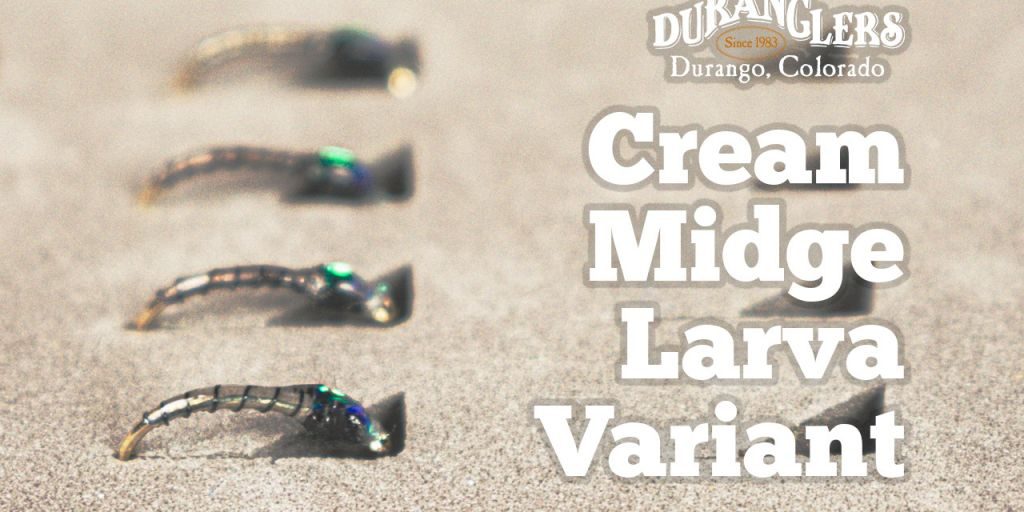
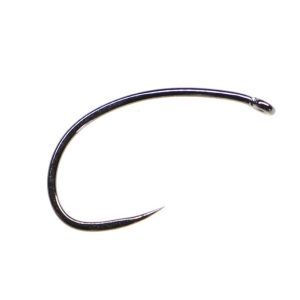

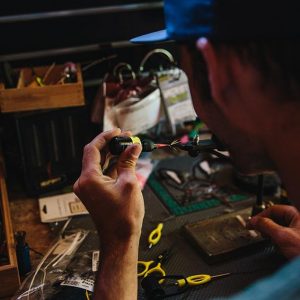
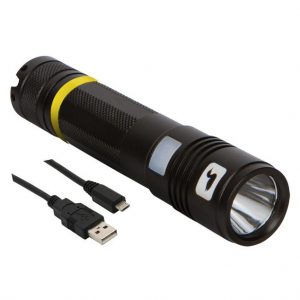
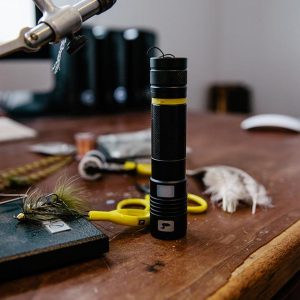
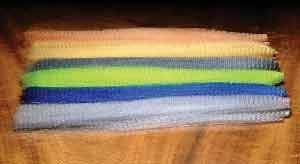

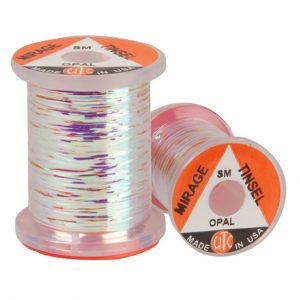
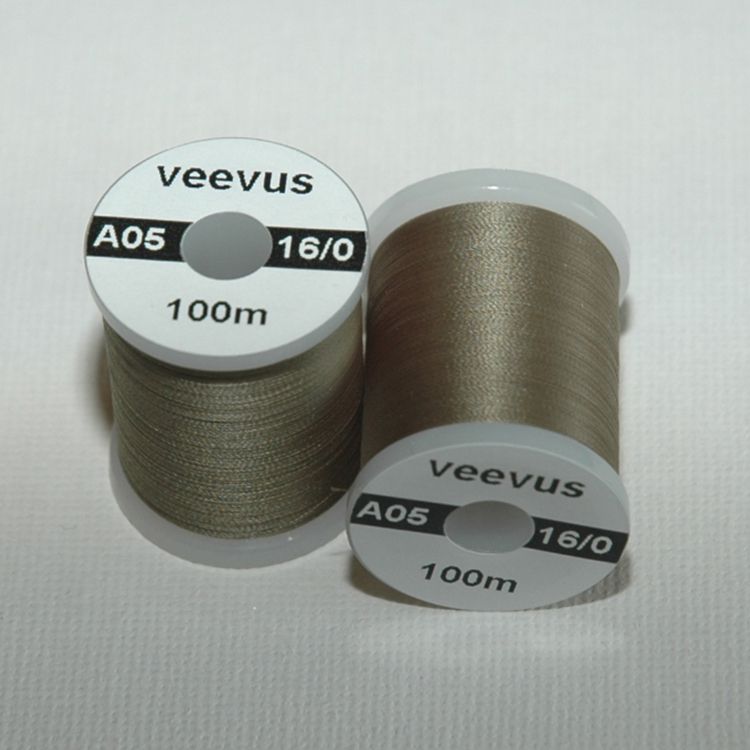
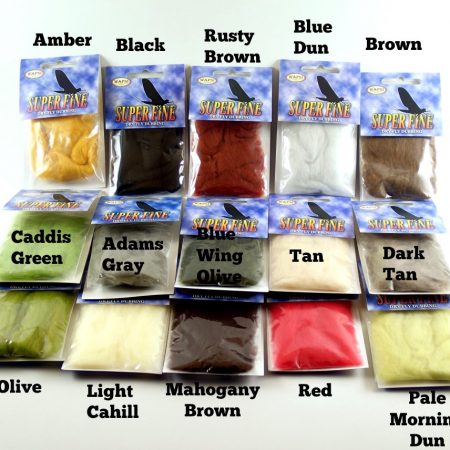






This midges are very good. i also try and saw the amazing results. i love these midges.